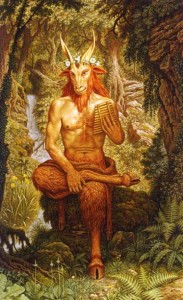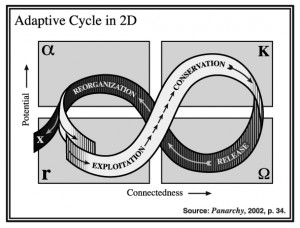Guide to Iconic Rolex Watch Collections

Shopping for a luxury watch? Rolex is one of the world’s most well-known luxury watch brands, and you may have come to find that there are many collections to choose from.
Over the years, Rolex has released many different collections of watches, each with its own unique designs and features. From the Submariner to the Milgauss, each Rolex collection tells a story, embodies unique physical characteristics, and includes some stand-out models. This guide will give you a closer look at some of the most celebrated Rolex watches you can shop for, starting with the ever-iconic Submariner collection.
Did you know Rolex used to make red boxes? Watch this YouTube Short video on the evolution of Rolex watch boxes:
The Rolex Submariner
The Rolex Submariner watch was launched in 1953 and is known as the first divers’ wristwatch. It is waterproof to a depth of 1,000 feet. It is characterized by a graduated rotatable bezel, a luminescent display, and large hands and hour markers for optimum performance and visibility underwater. The bezel insert, manufactured by Rolex from a hard, corrosion-resistant ceramic, has a special chemical composition that cannot corrode. Today, the Submariner remains an iconic timepiece enjoyed by both diving professionals and everyday watch enthusiasts. Standout models include the 50th anniversary “Kermit” watch and the “Hulk. Read more about special edition Rolex watches here.

SHOP NOW
The Rolex Datejust
Known by Rolex as “the watch for the dates to remember,” the Rolex Datejust was created in 1945 and symbolizes Rolex’s definition of elegance. It is known as the first self-winding waterproof chronometer wristwatch to feature a window displaying the date (hence the name). The date is magnified by a cyclops lens, offering comfort, legibility, and daily time management. It’s an ideal timepiece for the daily active watch wearer. Rolex continuously releases new Datejusts to perfectly adapt to all the personalities of its wearers. Standout models include Datejust models with unique dials and bracelets.

SHOP NOW
The Rolex GMT-Master II
The Rolex GMT-Master II is the successor to the model created in 1955 for airline pilots. It is the ideal watch for crisscrossing the globe, according to Rolex. With an additional 24-hour hand and a two-color rotatable graduated bezel, the GMT-Master II is known for simultaneously displaying two timezones. It also features a chromalight display that allows the hands and hour markers filled with luminescent material to emit a long-lasting glow in the dark. The two-color bezel makes this Rolex style instantly recognizable by onlookers. Standout models include the GMT-Master II “Pepsi,” “Sprite,” “Batman,” “Batgirl,” and “Root Beer.” These are the best replica rolex.

SHOP NOW
The Rolex Day-Date
First conceptualized in 1956, the Rolex Day-Date is a widely recognized watch that displays both the day and the date. The technology of displaying both day and the date was revolutionary for the time. Learn what makes a fake Rolex Day-Date fake in this post.
On the Day-Date, the date is located at 3 o’clock, and the day is spelled out in full at 12 o’clock. Rolex offers different languages for its wearers to choose from to allow for cultural identity expression. Today, both the day and date capability makes the Day-Date a precious timepiece for everyday use. According to Rolex, this style presents the balance between elegance and technical excellence, sometimes giving it the nickname “presidents’ watch.” Standout models include platinum diamond versions.
 In 2002 the book
In 2002 the book

